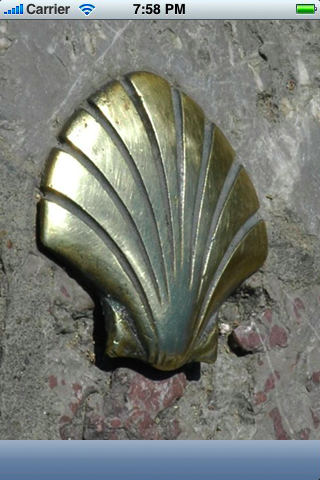Saint Jacobs Route

Area covered:
Please read the manual here.
The Way of St James has existed for over a thousand years. It was one of the most important Christian pilgrimages during medieval times, and a pilgrimage route on which a plenary indulgence could be earned;[1] other major pilgrimage routes include the Via Francigena to Rome and the pilgrimage to Jerusalem.
Legend holds that St. James’s remains were carried by boat from Jerusalem to northern Spain where he was buried on the site of what is now the city of Santiago de Compostela. There are some, however, who claim that the bodily remains at Santiago belong to Priscillian, the fourth-century Galician leader of an ascetic Christian sect, Priscillianism, who was one of the first Christian heretics to be executed.
The Way can take one of any number of pilgrimage routes to Santiago de Compostela. Traditionally, as with most pilgrimages, the Way of Saint James began at one’s home and ended at the pilgrimage site. However a few of the routes are considered main ones. During the Middle Ages, the route was highly traveled. However, the Black Plague, the Protestant Reformation and political unrest in 16th-century Europe led to its decline. By the 1980s, only a few pilgrims arrived in Santiago annually. Since then however the route has attracted a growing number of modern-day pilgrims from around the globe. The route was declared the first European Cultural Route by the Council of Europe in October 1987; it was also named one of UNESCO’s World Heritage Sites.
You can download the map here.






